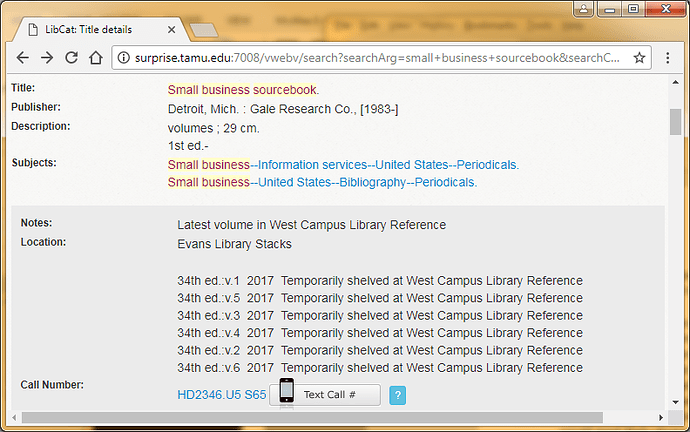Hi RA SIG folks,
In the Metadata Management/Codex Workgroup meeting yesterday, we had a conversation about location and the individual classification/call number for a physical piece that is shelved someplace. RA SIG has done more work on location data than any of the other SIGs, so I’m hoping you can help with something I’m not understanding.
Here’s the PowerPoint showing the location background info discussed in RA SIG: https://drive.google.com/open?id=1PpjvykiGK2iQZfW6lOd0U2dCCQNbxTJQi8tvvNTCbR8
Is it expected that the call number for an individual physical piece (a book, CD, archival box, etc) - will be part of that last level of the location hierarchy (parking data), or will it be one level further down in granularity? Put another way, is RA SIG expecting the call number to be part of the parking categories for the library, or for there to be a different field/data element for call number?
Thanks,
Ann-Marie



